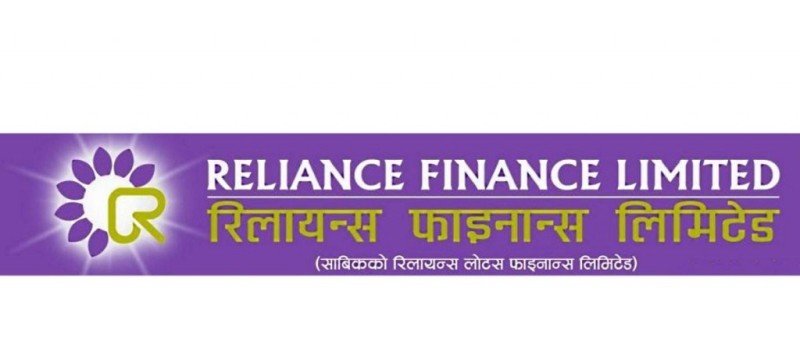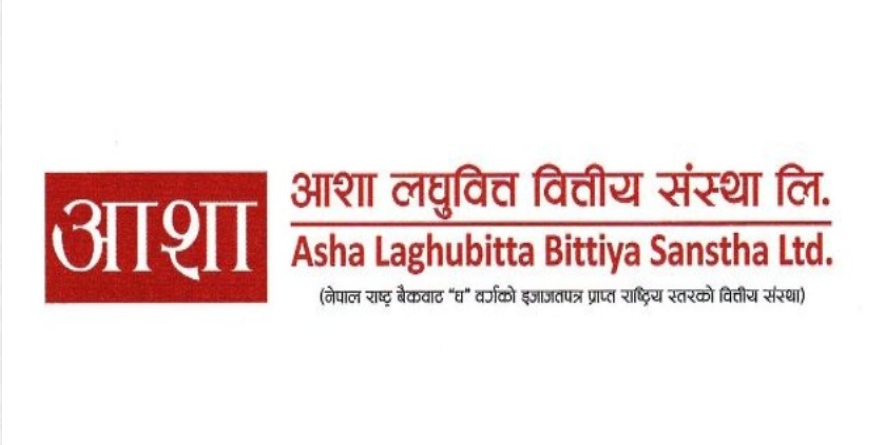Kathmandu. Nepal Rastra Bank Governor Maha Prasad Adhikari has left after completing his term. Senior Deputy Governor Neelam Dhungana Timsina has been given the responsibility of acting governor of the Rastra Bank.
The government has formed a 3-member recommendation committee under the coordination of Finance Minister Bishnu Prasad Poudel for the appointment of the governor. The committee is working internally for the appointment of the governor.
When Adhikari was leaving as governor, a document of his work and achievements during his 5-year tenure was made public. The same document mentions the work, actions and achievements that were done during Adhikari’s tenure.
The same document also points out the future priorities of the central bank. It mentions the upcoming 12 priorities of the National Bank, including margin trading in the stock market.
Such upcoming priorities
1. There is a need for structural reforms in the country’s economy. For this, the system that has been gradually implemented to mobilize the financial resources of the banking sector towards the productive sector will have to be continued. Nepal’s economy has been focusing on remittances, imports and import-based consumption for a long time. As a result, the demand for credit has also been mainly for imports and trade. Only if the country’s economic activities can be directed towards productive sectors through structural reforms, will the demand for credit increase in those sectors, and the financial sector will be able to contribute more to economic growth and employment creation. It has been arranged that credit investment should be gradually increased in the specified productive sectors based on the ability of the financial sector to make further contributions. Its effective implementation is necessary.
2. The role of the recently implemented Monetary Policy Advisory Committee should be further strengthened, and the existing monetary policy, which is becoming more data-based, should be modernized and the transmission mechanism should be further strengthened.
3. If stakeholders can be made aware of the legal responsibilities assigned to monetary policy and the limitations of monetary policy to meet growing public expectations, it seems that monetary policy will be easier to fulfill its main responsibility. Efforts have been made to gradually separate the regulatory policy, foreign exchange policy, and other provisions currently included in the monetary policy from the monetary policy and issue them separately. By gradually separating these issues, the central bank’s communication should be made more effective and the general stakeholders should be made more aware of the policy arrangements and activities of the bank.
4. The Nepalese currency has a fixed exchange rate with the Indian currency and the current exchange rate has not changed for a long time. It would be appropriate to conduct a detailed study on the existing foreign exchange arrangements and fixed exchange rates in line with the changes in the economic structure of Nepal and India.
5. In view of the increasing impact of climate change, the necessary initiatives should be continued to implement the Green Finance Taxonomy for the green transformation of the economy and to obtain national recognition for the document.
6. To make the regulation and supervision of the financial sector more effective, priority should be given to information-based risk-focused supervision by making full use of the supervisory information system of a decentralized nature. In addition to the implementation of AML supervision and working capital guidelines, micro stress testing, arrangements should be made for specialized monitoring of institutions that may be problematic.
7. As a result of the increasing use of electronic payments in recent years, the amount of notes in circulation has been decreasing. However, this year, in the context of an increase in circulation again, it has been decided to conduct a detailed study. Among the large-denomination notes, Rs. 1000.- was printed and canceled earlier, so since the printing of notes of that denomination will have to be done only after deciding on a completely new design.
The following actions should be taken regarding electronic payments
(a) The expansion of electronic payments should be further promoted and encouraged.
(b) To make electronic payments more secure, it is necessary to continuously emphasize investment in infrastructure, cyber security, financial literacy and customer protection.
(c) While NCHL is being developed as a digital public infrastructure institution, it should be strategically developed as a public institution for electronic payments.
(d) Making full use of the retail payment switch that has been in operation for a few years and the recently launched national payment switch, a system should be implemented whereby all payments are routed through the switch.
(e) All retail payments, including QR payments, should be gradually interconnected.
(f) Based on the progress made so far regarding CBDC, it should be launched within a few years.
(g) The recently launched cross-border electronic payment service should be further promoted.
8. In view of the increasing use of artificial intelligence, its use should be managed in Nepal’s financial sector. If additional policy arrangements and regular monitoring can be implemented in banks and financial institutions by implementing the guidelines on the use of artificial intelligence, which are in the process of being formulated, Nepal’s financial sector is likely to benefit from the use of artificial intelligence. The central bank itself will also have to use artificial intelligence in activities such as continuous monitoring of financial institutions and payment systems, analysis of micro-data and making forecasting more effective. For this, it is necessary to invest in necessary policy arrangements and capacity development of employees.
9. The concept of margin trading should be encouraged by gradually reducing direct loan investments by banks and financial institutions in the securities market. For this, Nepal Rastra Bank has already agreed to provide margin trading facilities to stock brokerage companies. Effective implementation of this system should be prioritized in coordination with other stakeholders in the capital market.
10. The role of the central bank should be made more effective in line with the federal structure. In view of the decrease in currency management and banking-related work in provincial offices due to the increasing use of electronic payments, provincial offices should be focused on issues such as study, research, supervision and monitoring of financial institutions, financial awareness and customer protection. For this, additional physical infrastructure should be built in provincial offices and the capacity of human resources should be developed by upgrading the existing infrastructure.
11. The construction of the physical infrastructure of the bank should be further accelerated. The buildings in Baluwatar and Thapathali have been reconstructed and handed over. The interior decoration of the buildings should be completed and the departments located outside the bank premises should be transferred as soon as possible. An office building will be constructed as per the approved master plan on land located in Sanothimi of Bhaktapur and Surkhet of Karnali Province. In addition, the work of constructing modern buildings as per the strategic plan should be taken forward as the bank’s office buildings in Biratnagar, Birgunj and Nepalgunj are dilapidated.
12. Some specialized structures will have to be established to make the bank’s operations more effective. The bank should form a statistics department by integrating all the data collection, processing and publication related activities. In this regard, the work of establishing a statistics division has reached the final stage, and the division should be brought into operation in the near future as planned. Similarly, it has been seen that a separate mechanism should be established within the bank to manage the increasing risks related to information technology and cyber security.























